Trains are one of the oldest and most reliable ways we have of transporting things and people over long distances. But how often do you think about trains? Where I live, they can clearly be heard every hour or so. I should be used to the sound of them by now, but I like it enough to stop what I’m doing and listen to the whistles almost every time. In the early morning quiet, I can even hear the dull roar as it rumbles down the track.
I recently got a front row seat at a railroad crossing, and as the train chugged through the intersection, I found myself wondering for the hundredth time what all the cars had in them. And then, as I have for the last twenty or thirty years, I wondered why I never see a caboose anymore. I figured it was high time to answer both questions.
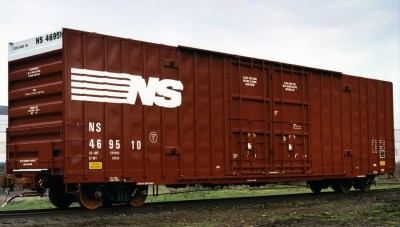
Boxcar
Boxcars are probably the most easily identifiable after the engine and the caboose.
Boxcars carry crated and palletized freight like paper, lumber, packaged goods, and even boxes. Refrigerated box cars carry everything from produce to frozen foods.
Boxcars (and barns for that matter) are traditionally a rusty red color because there were few paint options in the late 1800s, and iron-rich dirt-based paint was dirt cheap.
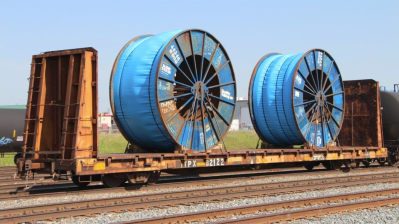
Flat Car
Standard, no-frills flat cars are the oldest types of rail cars. These are just big, flat platform cars that can carry anything from pipe, rail, and steel beams to tractors and military vehicles.
Flat cars come in different lengths and are also made with and without bulkheads that help keep the cargo in place. Some flat cars have a depression in the middle for really tall or heavy loads, like electrical transformers.

Auto Rack
As the name implies, auto racks carry passenger cars, trucks, and SUV from factories to distributors. They come in two- and three-level models, although there have been specialized auto racks over the years.
Perhaps the strangest auto rack of them all was the Vert-a-Pac. When Chevrolet came up with the Vega in the gas-conscious 1970s, they wanted to be able to move them as cheaply as possible, so they shipped the cars on end. If you’re wondering about all the fluids in the car when they were upended, a special baffle kept oil from leaking out, the batteries were capped, and the windshield washer fluid bottle was positioned at an angle.
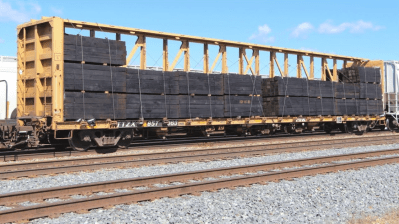
Center-beam Flat Car
These are the see-through cars that look like framed-out walls when they’re empty. A beam runs down the center, and freight is loaded up on either side and tied down from top to bottom.
Some center beam flat cars have a gallery of oval-shaped windows running down the middle, and those are my personal favorite. Center beam flat cars typically carry bundled goods like lumber, drywall, and building supplies.

Gondola
Gondolas are one of the oldest types of rail cars. They are basically a box car that’s half as tall. Gondolas carry things like scrap metal, logs, lumber, aggregates, steel, sand, copper, and iron ore.
Before the American railroads were built, coal was carried down the Potomac River in wooden boats that were called gondolas after the famous Venetian vessels. Once the railroad came into being, these boat-like cars were made for carrying coal.
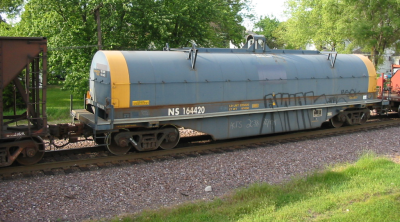
Coil Car
Coil cars get their name from the coiled steel bundles they were built to carry. They can also carry other stock like steel plates. Coil cars come in different capacities and lengths depending on the cargo.
Although they don’t look like gondolas, coil cars are technically a subset of them, and the business part of the car is often referred to as the gondola.

Hopper
Hoppers are tall gondolas with openings at the bottom. These carry free-flowing stuff and could be thought of as a silo on wheels. Typical freight includes cement, roofing granules, fertilizer, and commodities like corn, sugar, wheat, barley, and rice.
Hoppers come in both covered and uncovered models. The uncovered type carry things like coal, sand, and rock. Gondolas and hoppers can both be emptied with a rotary car dumper, which is every bit as awesome as it sounds.
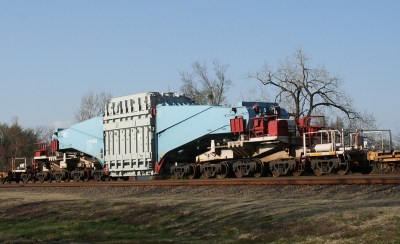
Schnabel Car
There are only about 30 of these in North America, but are definitely worth including in case you encounter one some day. Schnabel cars are meant for large, heavy loads like transformers are are designed so that the load becomes part of the car. A pair of arms hold the load in place and distributes the load evenly over the span of the car.
The largest Schnabel car in operation was built to transport nuclear reactor containment vessels. It’s 231 feet long, has 36 axles, and weighs 400 tons.
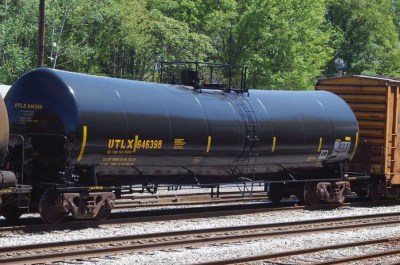
Tank Car
Tank cars are also somewhat self-explanatory. They can carry compressed and uncompressed liquids like chemicals, molasses, water, and diesel. Tank cars can be pressurized or insulated, and they are usually owned by the chemical companies and not railroads.
The tank car came about in the 1860s as a way to transport oil. Prior to this, railroads used a combination of gondolas, flat cars, and boxcars to carry everything from lumber to barrels of molasses.
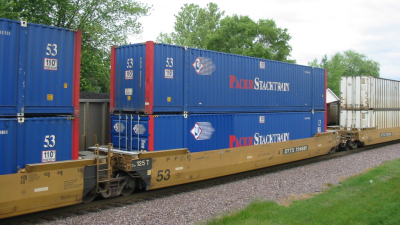
Well Car
Well cars are a lot like flat cars, but are specially designed to hold shipping containers for intermodal transport. They’re also called stack cars and double-stack cars.
Well cars have only been around for about 40 years, and flat cars were used to transport shipping containers prior to their invention.
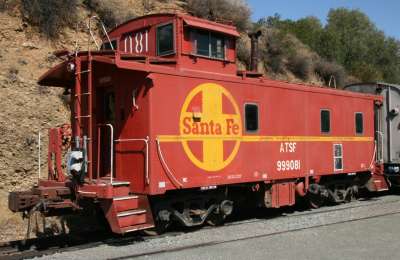
And Of Course, the Caboose
Although they aren’t used anymore, no rail car field guide would be complete without the caboose pulling up the rear. These cute little cars gave the crew a place to cook, eat, sleep, or catch up on paperwork. Many cabooses had a cupola which served as a lookout point to check for fires and other problems.
Since the 1980s, cabooses have been replaced with a small box, called an “end of train device”, to save money. The box does everything the humans did and more — such as tell the conductor how fast the rear end is moving — but it lacks the charm of the caboose.
The next time you have to wait for a train, maybe you’ll check out the cars instead of checking your phone. Who knows, maybe you’ll even see a Schnabel car someday.
No comments:
Post a Comment